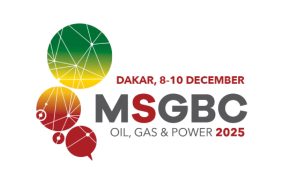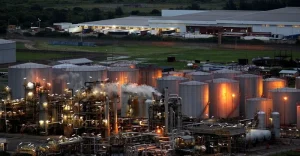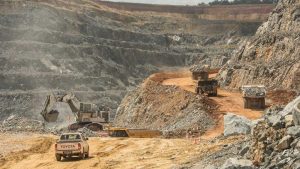Global mining and commodity giant Glencore has announced sweeping operational changes across its Ferrochrome and Vanadium businesses in South Africa, citing sustained market pressures and a challenging economic outlook. The move, which includes suspensions and cutbacks at several sites, places thousands of jobs under review and has sparked fresh concerns among employees and unions.
Market Pressures Push Operations to the Brink
Glencore’s Ferroalloys division, which operates in partnership with Merafe Resources through the Glencore–Merafe Chrome joint venture, has been struggling under weak international demand, low commodity prices, and rising input costs. The company confirmed that its Ferrochrome smelters remain suspended and warned that recovery is unlikely in the short to medium term.
“Our operations are under immense strain. While we have worked to mitigate these challenges, the reality is that market improvements are out of our control,” Glencore said in a statement.
Section 189 Process Launched
On 1 September 2025, Glencore formally initiated a Section 189 process under South Africa’s Labour Relations Act. This process allows companies facing financial or operational difficulties to consult with affected employees and unions on potential retrenchments, restructuring, or redeployment options.
The company stressed that no final decisions have been made. Instead, the process will involve consultations aimed at exploring alternatives such as redeployment, voluntary separation packages, or reduced operating levels.
Sites and Jobs at Risk
The announcement impacts multiple sites across South Africa, including:
- Boshoek and Wonderkop Ferrochrome Smelters in Rustenburg
- Rhovan Vanadium Operations near Bethanie
- Carbon Division in Emalahleni
- Lion Smelter in Steelpoort, which will scale down to 50% capacity
Additionally, Glencore confirmed plans to streamline support services across its mining division, including offices in Rustenburg, Lydenburg, and its corporate head office.
This restructuring places hundreds—if not thousands—of jobs under review, raising uncertainty for workers and their families who depend on the ferroalloys sector.
What This Means for Employees
For employees, the Section 189 process represents a period of significant uncertainty. Under South African labour law, the process is designed to ensure consultation between employers, unions, and staff before any retrenchments are finalized. This means that while job losses are a possibility, there is still room to negotiate alternatives.
Possible outcomes include:
- Redeployment: Workers may be reassigned to other operations or divisions within the company.
- Voluntary separation packages: Employees may be offered financial incentives to leave the company voluntarily.
- Reduced operations: Some plants, like Lion Smelter, may continue running but at lower capacity, which could retain some jobs while cutting others.
Union representatives have indicated they will push for every alternative to be considered before job cuts are implemented, with a focus on protecting livelihoods in affected communities.
Glencore’s Commitment to Dialogue
Glencore emphasized its intention to conduct the process with transparency and fairness. “We remain committed to constructive engagement with unions, employees, and all stakeholders. Our goal is to explore every possible avenue together,” the company said.
The Bigger Picture
The developments at Glencore highlight the fragile state of South Africa’s ferrochrome and vanadium industries, which have long struggled with high electricity costs, global oversupply, and stiff competition from international producers.
Analysts warn that unless market conditions improve, further cutbacks across the industry may follow, threatening not only jobs but also regional economies heavily reliant on mining activity.
For now, Glencore’s employees face weeks—if not months—of uncertainty as consultations proceed. The outcomes will shape not only the future of Glencore’s ferroalloys operations in South Africa but also the livelihoods of thousands of workers and the stability of mining communities across Rustenburg, Bethanie, Emalahleni, and Steelpoort.







